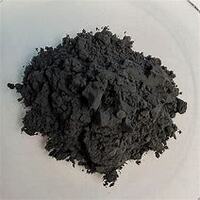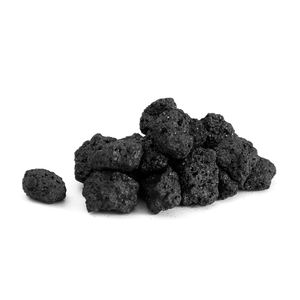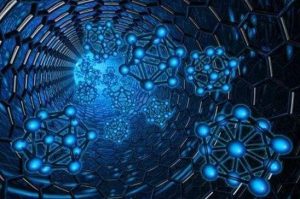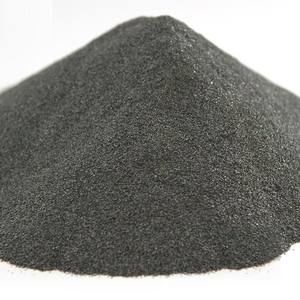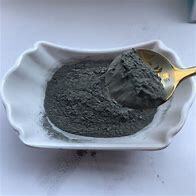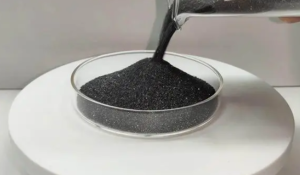Professional graphite material supplier, graphite for EV, grease, furnace and any other industries.
(Artificial Graphite)
Graphite has a number of uses in electronics, fuel cells and batteries. It has a high conductivity and can be used as an electrode. Graphite is a natural form of the element carbon, which occurs in metamorphic and igneous rocks as well as meteorites. It is a highly crystalline material that is very dense and resistant to cracking.
Traditionally, graphite has been extracted and refined from its ores in open pit and underground mining operations. It usually needs beneficiation to remove impurities and gangue (rock) particles. Beneficiation methods include floatation and acid leaching.
Synthetic graphite is a petroleum-based composite with superior properties to natural graphite. It is often used to make a wide range of products, including brake pads, supercapacitors and arc furnaces.
It is produced by a process called ‘graphitization’, which involves the baking and heating of soft carbons that have passed through a mesophase in their thermal history, such as calcined petroleum coke and coal tar pitch. The soft carbons are heated at a very high temperature, forming crystalline graphite crystallites that grow and rearrange into an ordered pattern.
The resulting graphite is a very pure material, typically having a purity over 99% carbon. It can be manufactured in powder form and is used in a wide range of applications, including lithium-ion batteries and arc furnaces.
Several companies are developing production of artificial graphite, but the largest is Syrah Resources in the US, with 11,250 tonnes of production capacity. China also produces large amounts of synthetic graphite, with a 68% share of the global market in 2017.
(Artificial Graphite)

